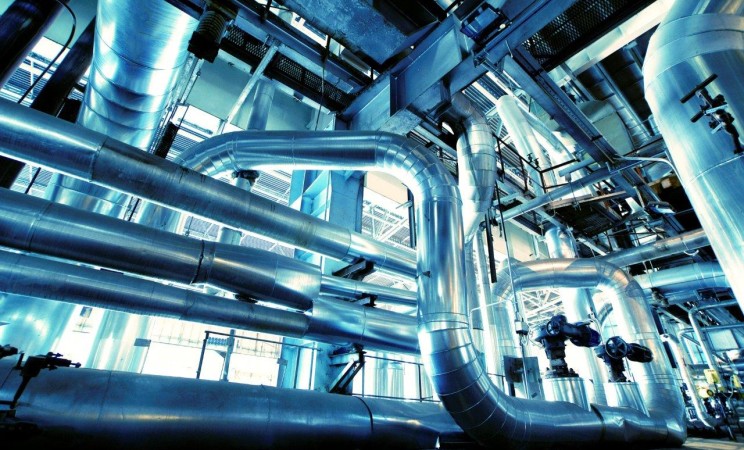Its an easy question to ask, but probably the answer is a little harder to find. It usually falls into the ‘If it aint broke don’t fix it’ category, but this could be a mistake.
How can you tell if your compressed air pipework is broken??
There is no puddle of water on the ground as there would be from a leaking water pipe. There is no smell of gas as there would be from a leaking gas pipe. How can you tell if your compressed air pipe is leaking? Its very hard to do. Sometimes you can walk around your factory in the evening when all is quiet and hear the air leaking, but is that a big leak or a little one and where is it leaking from? Many questions but few answers.
There are a range of testers and sensors available that can detect even the tiniest leaks in your compressed air pipework.
It is estimated that on average 30% of compressed air produced is wasted through leaks in the pipework. Old pipework is also responsible for significant loss of pressure, due to poor interior surface finish caused by accumulated rust and corrosion, also poor design leads to loss of pressure through incorrect sizing or sharp bends.
Compressed air pipework systems tend to evolve
Compressed air pipework systems often evolve over time, as requirements change new bits of pipe get added. This can result in poor pressure and high pressure losses.
Air Equipment offer a pipework system called Teseo. Made from aluminum it is smooth bored (for minimum pressure drop), lightweight and structurally strong. It is also comes with a 20 year guarantee against leaking. It is available in a number of sizes from 25mm to 110mm. It is quick to install, it requires no threading or soldering, and is easy to take apart and modify if required. It can also be modified when in use.
See our video about the different types of compressed air pipework here


